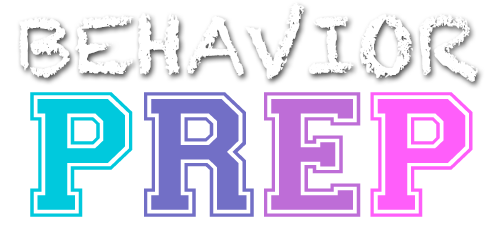B.8 Identify and distinguish among unconditioned, conditioned, and generalized punishers
Unconditioned Punisher
An unconditioned punisher is a stimulus or event that naturally and inherently decreases the likelihood of behavior without any prior learning or conditioning. These punishers typically elicit aversive or unpleasant responses.
Example: Electric shock, extreme temperatures, and physical pain are examples of unconditioned punishers. These stimuli naturally elicit negative responses and decrease the likelihood of behavior without any prior conditioning.
Conditioned Punisher
A conditioned punisher is a stimulus or event that has acquired its punishing properties through association with unconditioned punishers or other conditioned punishers. These punishers gain their effectiveness through conditioning processes.
Example: Reprimands, fines, time-outs, and loss of privileges are examples of conditioned punishers. They acquire their punishing properties through their association with primary punishers (e.g., reprimands are associated with the aversive experience of criticism or disapproval) or through their pairing with other conditioned punishers.
Generalized Conditioned Punisher
A generalized conditioned punisher is a stimulus that has been paired with multiple forms of punishment and, as a result, can decrease a behavior’s occurrence even without being directly associated with a specific punisher in a given situation.es.
Example: A common example of a generalized conditioned punisher is the word “No.” Over time, “No” is paired with various forms of punishment or negative consequences (e.g., losing privileges, getting scolded), so the word alone can decrease a behavior when used, regardless of the specific situation. For instance, when a child reaches for a cookie before dinner and the parent says, “No,” the child may stop reaching for the cookie because they’ve learned that “No” often leads to an undesirable consequence.
